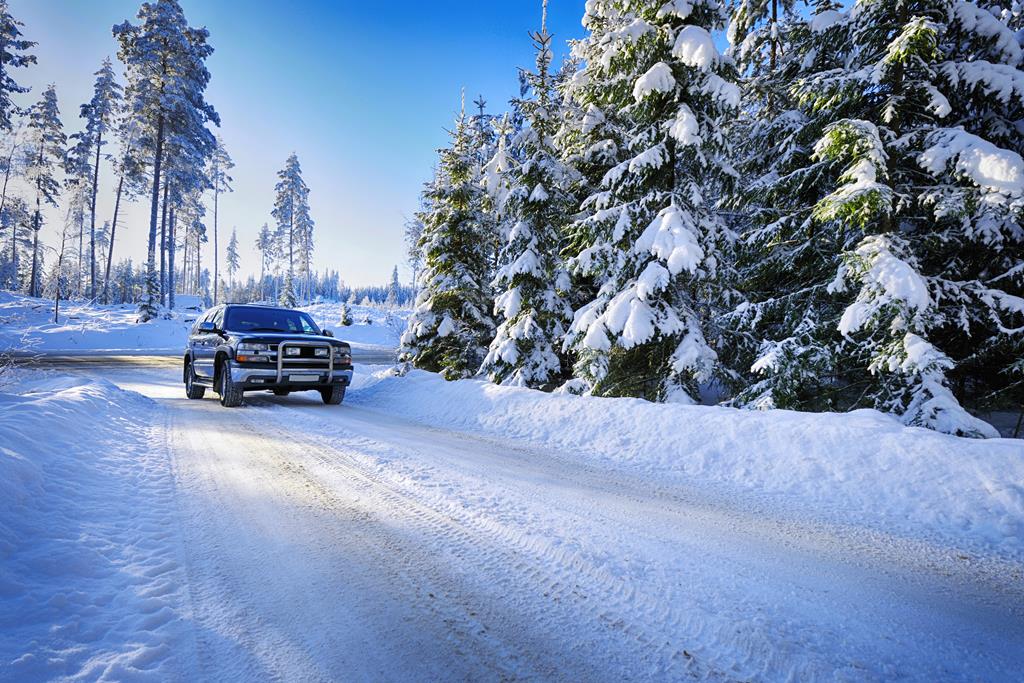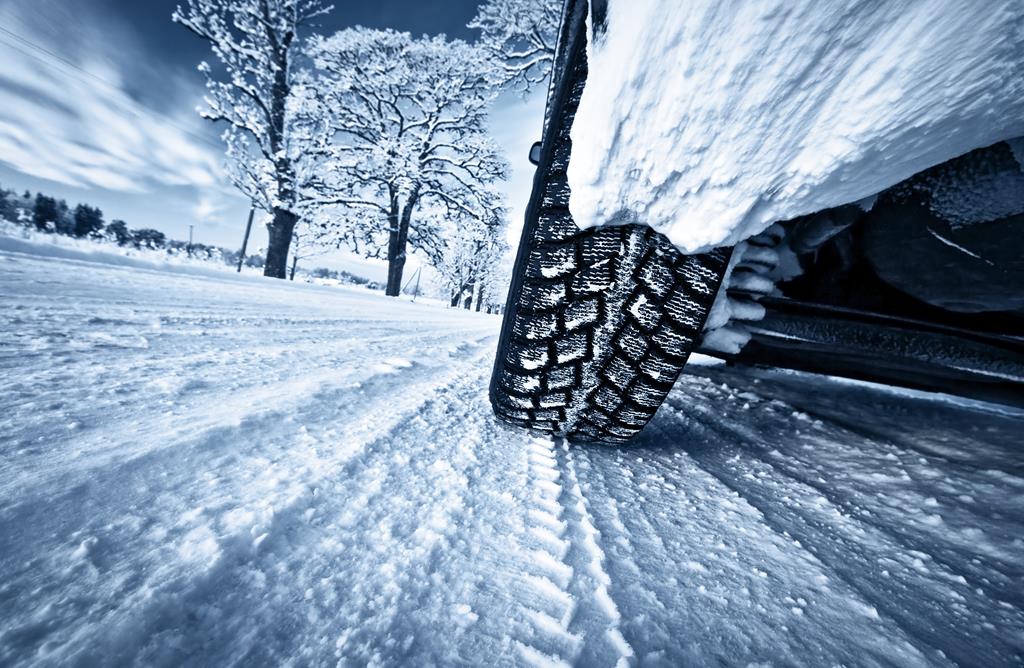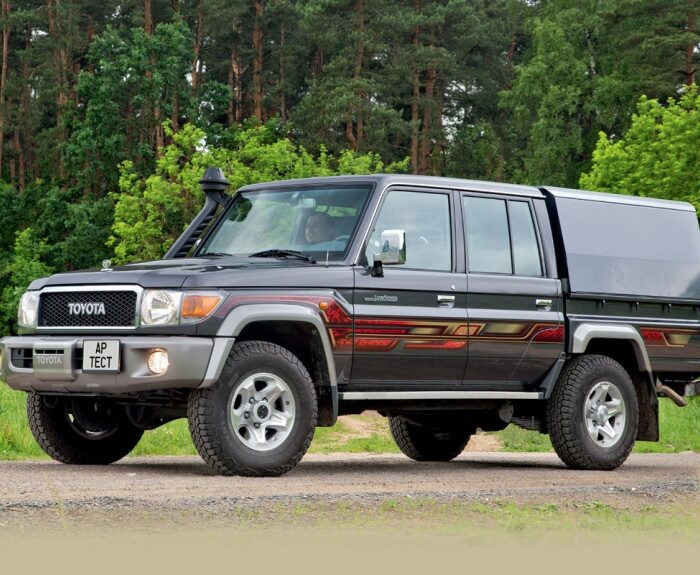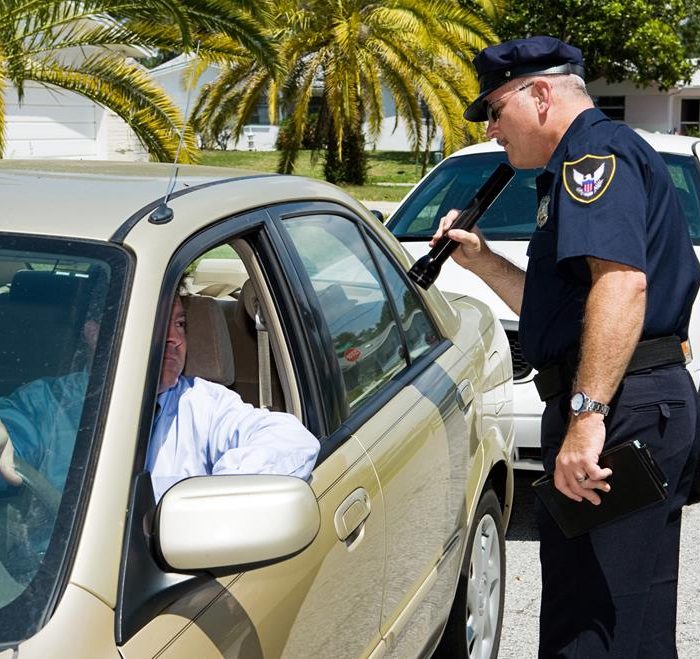Key Features of Winter Car Travel
Winter presents unique opportunities and challenges for road trips. While cold weather travel requires extra preparation, it offers distinct advantages over summer journeys. Winter road trips eliminate concerns about heat stroke, mosquito bites during stops, long gas station queues, and heavy traffic congestion that plague warmer months.
Successful winter car travel extends beyond installing winter tires. Your vehicle must be prepared for complex weather conditions and unexpected situations common during cold seasons. International winter road trips are generally no more complicated than summer travel, thanks to well-maintained interstate roads, numerous service stations, and regular police patrols ready to assist stranded drivers.
However, winter trips to remote areas carry increased risks of encountering severe weather conditions like snowstorms and blizzards. Emergency assistance may be delayed in isolated locations due to poor cell coverage and challenging road conditions. This critical factor should be your primary consideration when planning winter car trips.
Planning Your Winter Road Trip Vacation
Winter typically offers shorter holiday periods for adults (Christmas and New Year) and school vacations for children. These breaks are perfect for day trips to scenic winter destinations or extended 7-10 day journeys across the country or abroad. New Year’s Eve road trips create particularly memorable experiences with their special atmosphere and unique charm.
Winter road trips provide excellent opportunities to test your stress management skills and develop problem-solving abilities under challenging conditions including severe weather, communication difficulties, and unexpected emergencies. These experiences build resilience and confidence for future travels.
Essential Winter Road Trip Safety Tips
While extended winter journeys may not be suitable for small children, teenagers can benefit greatly from these travel experiences. Proper preparation is crucial for all passengers, regardless of age.
Winter Car Trip Packing Checklist
- Extra fuel supply and emergency gas containers
- Layered warm clothing with waterproof outer layers and insulated winter boots
- Multiple batteries and portable power banks for electronic devices
- Four-season tent and sleeping bags rated for extreme temperatures (-25°C/-13°F)
- Portable camping stove and dry fuel supplies
- Emergency food supply for entire trip duration plus three additional days
- Physical maps of travel area and reliable compass for navigation
- Personal hygiene supplies and sanitation items
- Disposable plates, cups, utensils, and heavy-duty garbage bags
- Emergency tools: hatchet, folding shovel, and portable saw
- Insulated thermos and emergency water supply
- Cross-country skis and emergency sleds for transportation
- Comprehensive winter first-aid kit
Winter-Specific Medical Supplies
Your winter medical kit should include specialized medications: cold and flu remedies, fever reducers, adaptogenic supplements, and vitamins that boost your body’s resistance to stress and extreme weather conditions.

Emergency Procedures for Winter Road Trip Emergencies
Winter weather teaches us that nature can be unforgiving, and only prepared travelers can successfully navigate extreme situations. While vehicle breakdowns can occur year-round, winter emergencies pose additional risks of hypothermia and frostbite. The key to survival is maintaining body warmth while staying mobile, even when confined to your vehicle during severe weather conditions.
During blizzards with near-zero visibility, maintaining psychological calm is essential. Panic wastes precious energy that could be vital for survival. A clear mind and emotional balance can resolve most emergency situations.
Step-by-Step Winter Emergency Response Plan
- Immediately contact emergency services to report your breakdown, location, or medical situation
- If mobile communication fails, remain calm and patient—severe weather often ends quickly, and other vehicles may appear
- Keep your engine running for heat while carefully monitoring fuel levels
- Prepare warm food and hot beverages—proper nutrition maintains body temperature and clear thinking
- Avoid extended sleep periods; set alarms every 1.5-2 hours to maintain alertness
- Keep children calm with games, books, or movies to reduce anxiety and conserve energy
- Continue attempting to contact emergency services at regular intervals
- Calculate distances to nearest populated areas or gas stations using your map. Consider walking for help only if: the storm has passed, another adult remains with children, and the distance doesn’t exceed 5-6 kilometers (3-4 miles). An adult can cover this distance in 1.5-2 hours on foot, or one hour on skis

Final Winter Road Trip Recommendations
Remember to obtain an international driving permit when planning winter road trips to northern countries. Thorough preparation and confidence in winter driving conditions allow you to focus on enjoying your journey rather than worrying about potential emergencies. Safe winter travel starts with proper planning, quality equipment, and emergency preparedness.

Published December 25, 2017 • 4m to read





